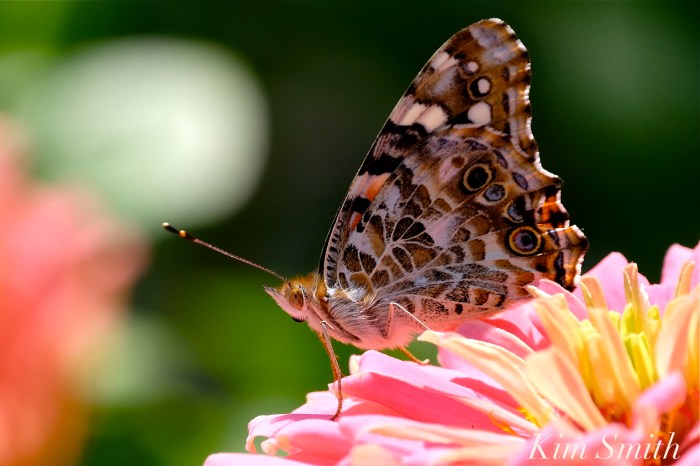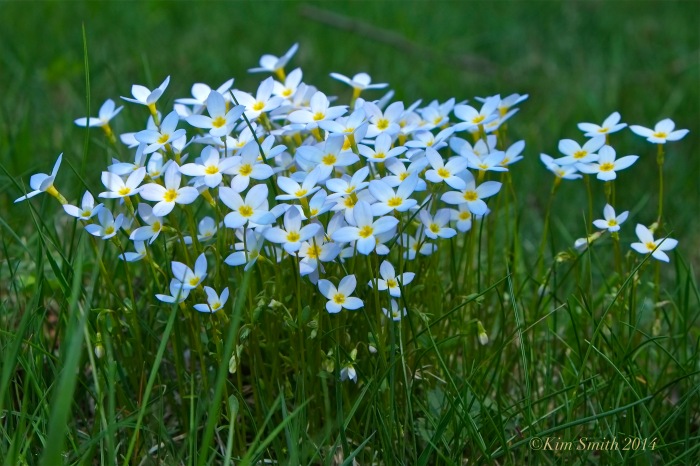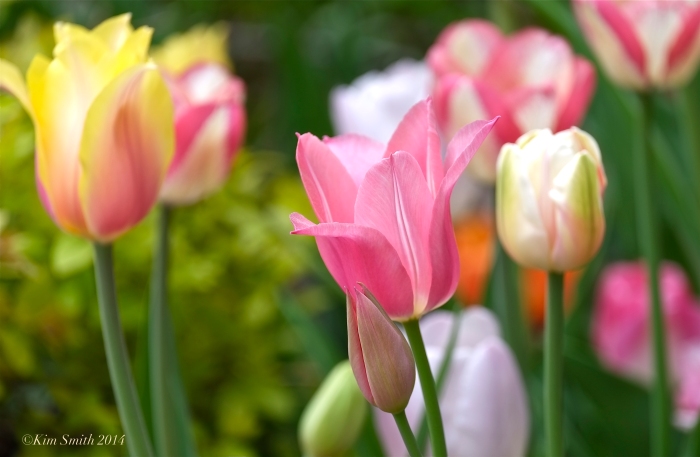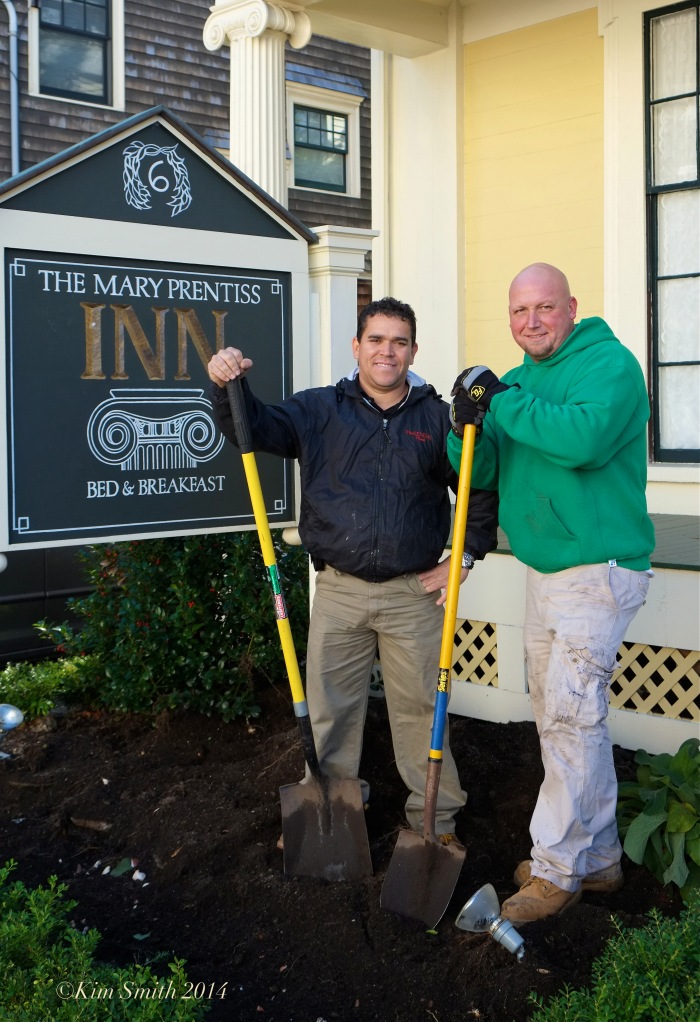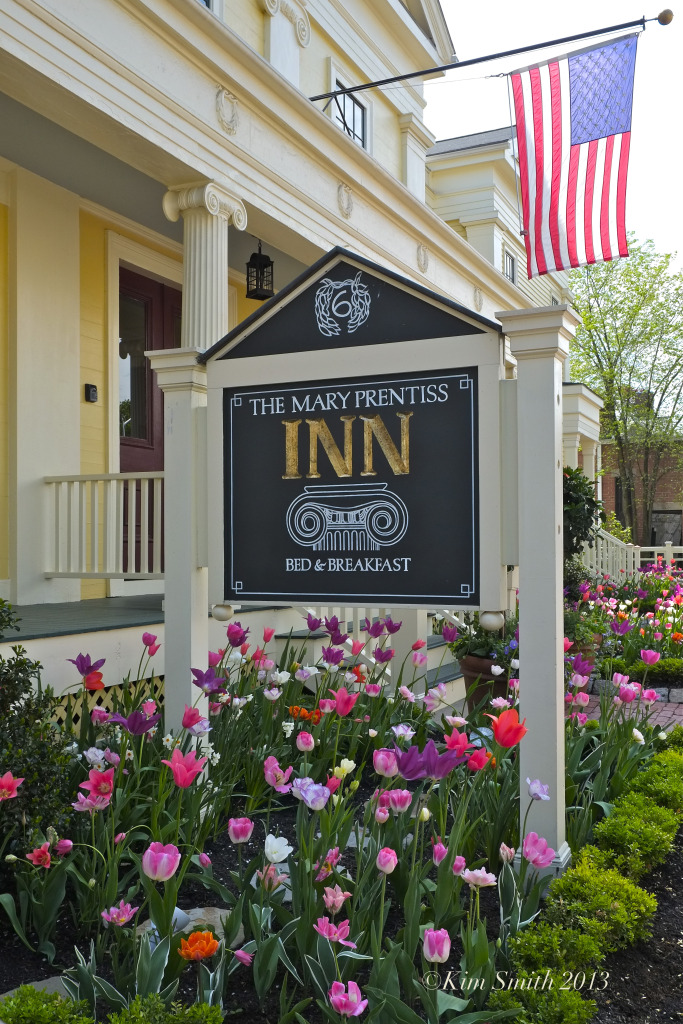 Our fall pollinator gardens are a rich tapestry of expiring stalks, fresh blossoms of asters and goldenrods, fading blossoms of garden favorites, and vibrant annuals getting a second wind after the intense heat of summer. Blooming in a medley of of rose and dusty pink hues, violet, purple, crimson, rusty red, yellowed greens, Spanish orange, golden yellow–the colors are made more vivid in the atmospheric glow of autumn’s light.
Our fall pollinator gardens are a rich tapestry of expiring stalks, fresh blossoms of asters and goldenrods, fading blossoms of garden favorites, and vibrant annuals getting a second wind after the intense heat of summer. Blooming in a medley of of rose and dusty pink hues, violet, purple, crimson, rusty red, yellowed greens, Spanish orange, golden yellow–the colors are made more vivid in the atmospheric glow of autumn’s light.
Monarchs, Sulphurs, Painted Ladies, American Ladies, Swallowtails, and Buckeyes are just some of the butterflies on the wing, hungrily seeking nectar to sustain their journeys. Not to be forgotten are a host of songbirds, and too, honey bees and native bees, all also in need of sustenance.
Tips for early fall maintenance, with pollinators in mind.
1) Tidy-up anything that looks really raggedy, but leave the tall dry stalks of plants such as sunflowers, Joe-pye, Echinacea, and Rudbeckia. The stalks provide winter shelter for many species of bees.
2) Dead head plants such as Butterfly Bushes and Mexican Sunflowers (Tithonia), which encourages continued bloom.
3) No need to bother deadheading Zinnias and Cosmos as they will flower whether or not the expired blooms are removed. The seed heads provide food for Goldfinches, Nuthatches, and many species of resident and migrating songbirds.
4) Don’t forget to provide blossoms and sugar water for Ruby-throated Hummingbirds. Our annually returning female and her 2018 brood of two has departed for the season, but we have been daily visited by southward migrating RTHummers.
 Even on a cloudy October day our front dooryard garden at the Mary Prentiss Inn is abuzz with blossoms and pollinators. The Monarch nectaring at the Tithonia was the first to greet me while checking on the garden.
Even on a cloudy October day our front dooryard garden at the Mary Prentiss Inn is abuzz with blossoms and pollinators. The Monarch nectaring at the Tithonia was the first to greet me while checking on the garden.
Spread The GMG Love By Sharing With These Buttons:
